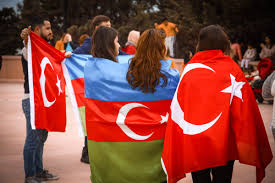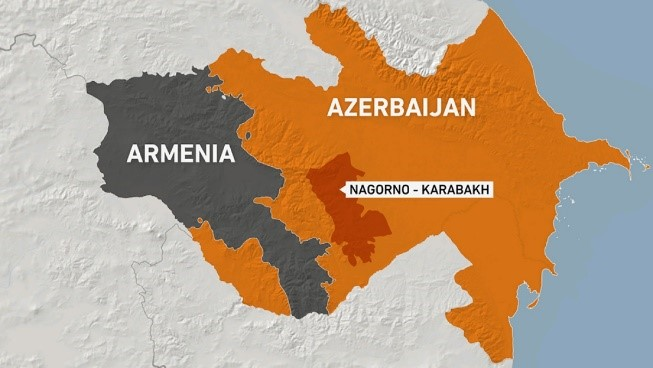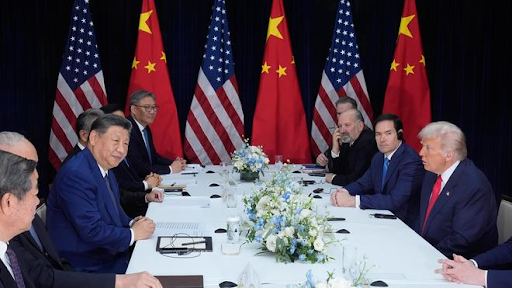





Disclaimer: Copyright infringement not intended.
Context:
What is Nagorno-Karabakh conflict?
Causes of the conflict:

Azerbaijan
Armenia
You may also refer to the article: https://www.iasgyan.in/daily-current-affairs/nagorno-karabakh-conflict-45
Source
|
PRACTICE QUESTION Q) Consider the following pairs:
How many of the above pairs is/are correctly matched? (a) Only one Answer: B Explanation: Pair 1 is correctly matched: ●The Chinese Ministry of Civil Affairs released the fourth list of standardized geographical names in Zangnan, the Chinese name for Arunachal Pradesh, which Beijing claims as part of south Tibet. ●The first batch of the standardised names of six places in Arunachal Pradesh was released in 2017 while the second batch of 15 places was issued in 2021. ●In April last year, Beijing released the third list of standardized names of 11 places in Arunachal Pradesh. Pair 2 is correctly matched: ●Nagorno-Karabakh is a region of southwestern Azerbaijan. It is used to refer to an autonomous oblast (province) of the former Azerbaijan Soviet Socialist Republic (S.S.R.) and to the Republic of Nagorno-Karabakh, a self-declared country whose independence is not internationally recognized. The old autonomous region occupied an area of about 1,700 square miles (4,400 square km), while the forces of the self-proclaimed Republic of Nagorno-Karabakh presently occupy some 2,700 square miles (7,000 square km). Pair 3 is not correctly matched: ●Kherson and Zaporizhzhia are related to Ukraine and they are related to the dispute between Ukraine and Russia. |




© 2026 iasgyan. All right reserved